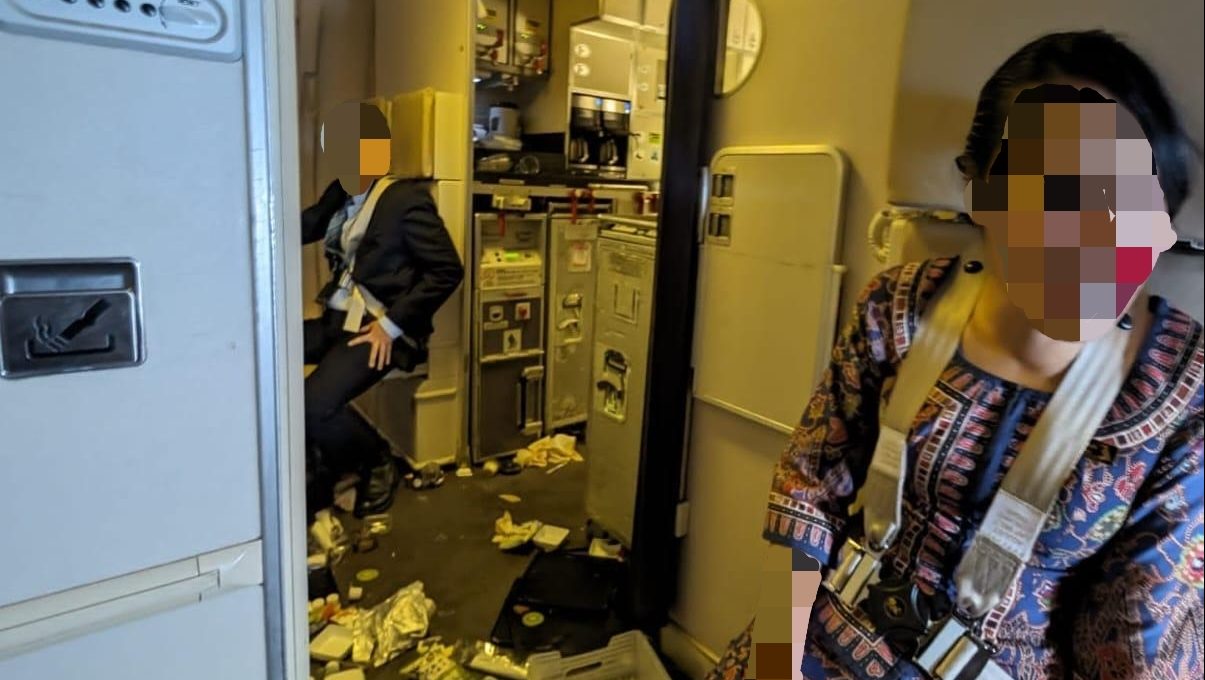SINGAPORE: On May 21, around 10 hours into Singapore Airlines flight 321 from London to Singapore, the aircraft encountered “sudden severe turbulence,” to quote SIA CEO Goh Choon Phong.
The incident resulted in one fatality and dozens of injuries and forced the pilot to make an emergency landing in Bangkok.
While the area over Myanmar where the plane encountered turbulence, the Intertropical Convergence Zone, is well-known for such incidents, what happened to SQ321 was so severe that the plane dropped around 6,000 feet (1,830 meters) in about three minutes, which is 2,000 feet (607 m) per minute or 33 feet (10 m) per second.
Given the rarity of such incidents, many questions have arisen, and The Independent Singapore endeavours to answer some of them.
What is turbulence?
Turbulence is defined as “an irregular motion of the air resulting from eddies and vertical currents.” It’s important to note that turbulence is associated with weather events such as cold fronts or thunderstorms.
However, not all turbulence is created equal, as it ranges from light to severe.
The phenomenon may be as simple as experiencing some rough or rocky movements or as serious as what happened aboard the SIA flight, which one passenger described as:
“Everyone who was seated not wearing a seatbelt was launched immediately into the ceiling.”
Clear-air turbulence
Most of the time, turbulence is very common. Pilots can prepare for it by detecting movement ahead or around the aircraft. However, there is such a thing as clear-air turbulence when pilots cannot detect the irregular motions that create it.
When they do detect it, it’s usually too late to do anything about it. Many industry experts believe this is what happened to SQ321.
“Turbulence on flights can be caused by storms, mountains, and strong air currents called jet streams.
In this last case, it is called clear-air turbulence, and it can be difficult to avoid because it doesn’t show up on the weather radar in the flight deck,” Paul Williams, a professor of atmospheric science at the University of Reading in the UK, said.
Is turbulence happening more and more?
A 2023 study from the University of Reading that looked into turbulence over the last four decades shows that the number of incidents has increased significantly during this period.
Moreover, the study added that these incidents will likely increase in number, possibly doubling or tripling in the coming decades, says Prof Williams.
How climate change can affect turbulence
Since turbulence is associated with weather events, the more severe the weather, the more turbulence can be expected.
The study from the University of Reading showed an increase of over 50 percent in clear-air turbulence over the North Atlantic Ocean from 1979 to 2020.
Prof Mark Prosser, who co-authored the study, said that global warming may cause instability in the jet stream. “Planes like to fly with the jet stream, but where planes like to fly is also ironically where all the turbulence is,” he said.
The study also found that more greenhouse gas emissions increased turbulence and instability.
It’s unclear how much more frequently severe turbulence will occur, but one thing is certain: it’s always best to fasten your seatbelt when flying.
Watch the video below to get a clearer picture of how dangerous turbulence can get and how the pressure from it can lead to unfortunate accidents:
/TISG
Read also: Alleged photos of turbulent SIA flight go viral online

